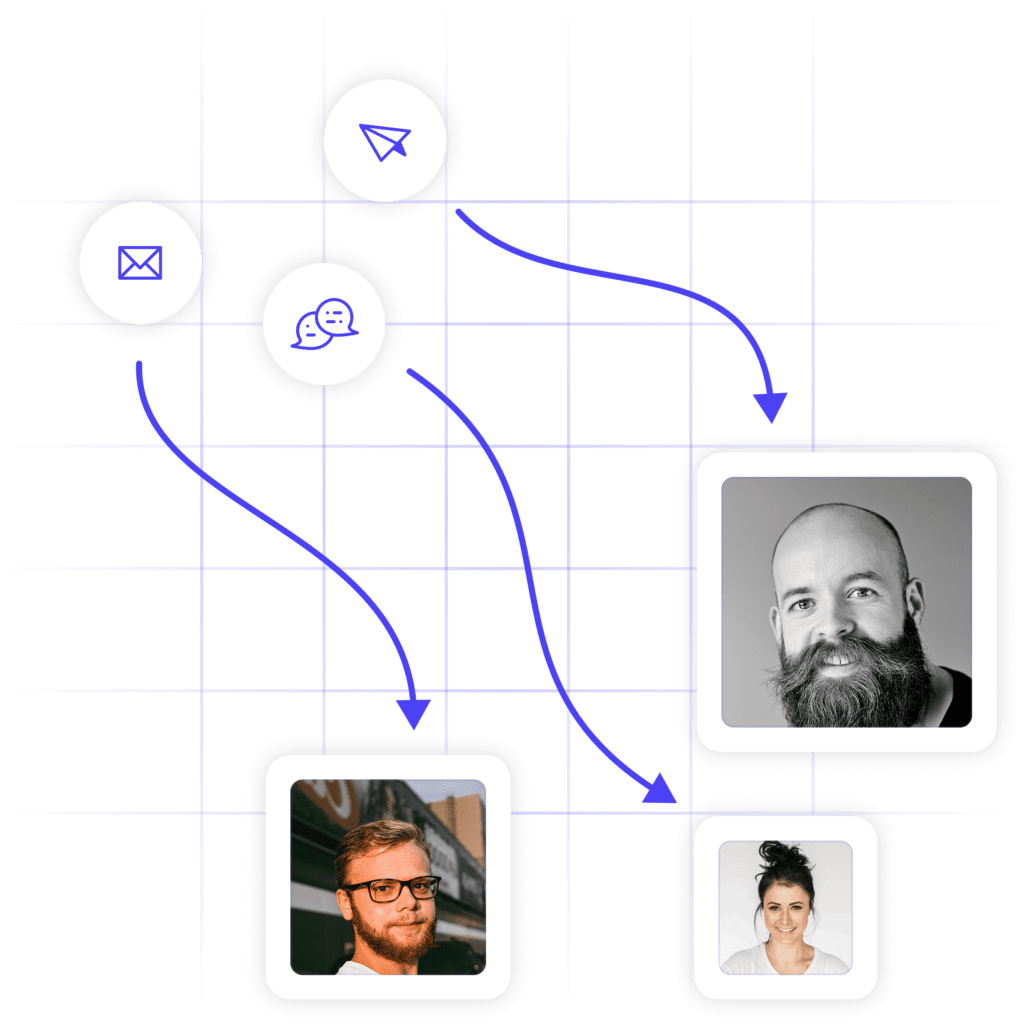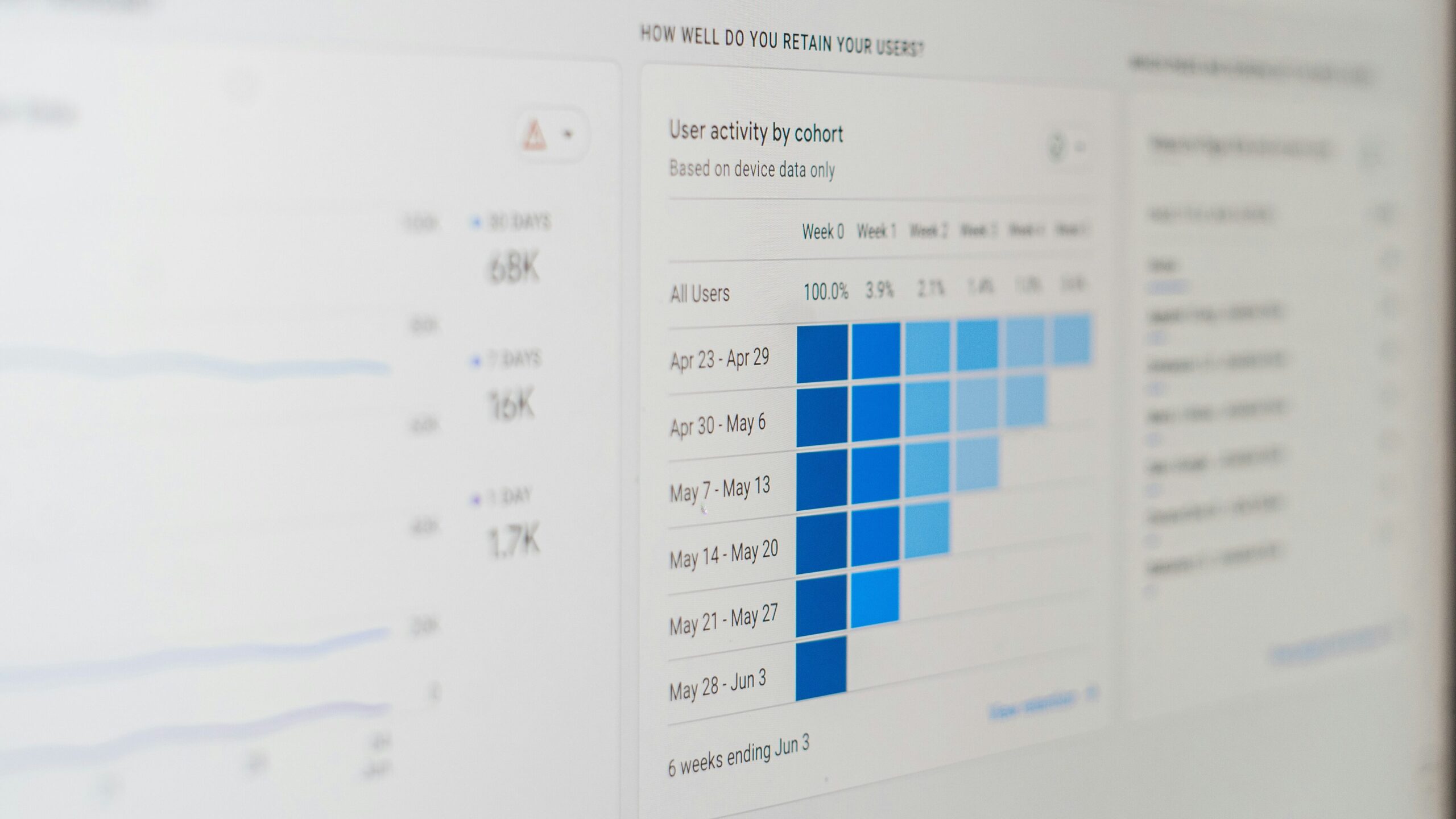The Impact of Accurate B2B Data on Sales and Marketing Alignment

In today’s fast-moving B2B landscape, sales and marketing teams must work in sync to drive revenue. Focus on targeted marketing, enabling sales and marketing teams to rely on clean, precise data, to streamline lead generation, and close deals faster.
The solution is Accurate B2B data.
In this guide, we’ll explore how accurate B2B data enhances sales and marketing alignment, share real-world case studies, and provide actionable insights to help your team optimize every interaction.
Why Sales and Marketing Alignment Matters
Sales and marketing often have the same goals—driving growth and generating revenue. But without proper alignment, they might as well be speaking different languages.
Common Challenges Businesses Face:
- Marketing sends unqualified leads to sales, leading to low close rates.
- Sales teams struggle with inconsistent data, leading to poor outreach.
- Mismatched messaging creates confusion in the buyer’s journey.
- Lack of real-time insights makes it hard to engage prospects effectively.
Targeted marketing powered by accurate B2B data solves these problems. It ensures that marketing attracts the right audience and that sales engages with prospects most likely to convert.
How Accurate B2B Data Strengthens Sales & Marketing Alignment
Precision Targeting for Lead Generation
The foundation of targeted marketing is knowing who your ideal buyers are and where to find them.
- Firmographic Data: Helps define your ideal customer profile (ICP) based on company size, industry, and revenue.
- Technographic Data: Identifies the tools and software your prospects are using.
- Intent Data: Reveals when potential buyers are actively searching for solutions like yours.
Example: A marketing automation provider used intent-based B2B data to prioritize leads showing interest in email marketing software. The result? A 40% increase in conversion rates.
Personalization: Speaking to Buyers at the Right Time
When sales and marketing teams share accurate data, they can craft personalized outreach that resonates with decision-makers.
How?
- Marketing Tailors Content: Data-driven insights help marketers create content that aligns with buyers’ interests.
- Sales Leverages Real-Time Insights: Sales teams can personalize follow-ups based on engagement history.
- Better Retargeting Efforts: By tracking lead behavior, marketing can nurture prospects until they’re sales-ready.
Example: A B2B SaaS company noticed that CFOs engaging with their pricing page converted at a higher rate. By prioritizing CFO outreach, they increased deal closure rates by 55%.
Pro Tip: Use LinkedIn retargeting ads based on firmographic and behavioral data to stay top-of-mind with high-value prospects.
Shorter Sales Cycles with Data-Backed Prioritization
Sales reps often waste time chasing cold leads. Accurate B2B data helps them focus on accounts most likely to convert.
How to Prioritize Leads Effectively:
- Use Intent Signals: Prioritize prospects actively researching your industry.
- Score Leads Based on Engagement: Rank leads based on actions like content downloads or demo requests.
- Align Sales & Marketing Data: Share real-time updates on lead activity for better outreach timing.
Example: A demand generation agency used lead scoring with intent data and reduced their average sales cycle from 6 months to 3 months while increasing win rates by 35%.
Pro Tip: Implement a unified CRM that integrates both sales and marketing data to keep all teams aligned.

Real-World Example: How Data-Driven Targeted Marketing Boosts Revenue
A fintech company struggled with sales-marketing misalignment, leading to a 25% drop in lead-to-customer conversion rates. By implementing accurate B2B data, they:
- Refined their ICP to focus on mid-sized financial institutions.
- Aligned messaging across email, social, and paid campaigns.
- Leveraged intent data to reach decision-makers at the right buying stage.
The Results:
- 50% increase in qualified leads
- 30% higher email open rates
- 20% faster deal closures
Key Takeaway: Accurate data ensures both sales and marketing teams work towards the same goal—closing high-value deals efficiently.
How to Ensure You’re Using High-Quality B2B Data
Not all data is useful. Outdated or incorrect B2B data can hurt rather than help. Here’s how to ensure your data remains accurate:
- Use Verified Data Sources – Work with trusted B2B data providers that manually verify and update records.
- Regularly Clean Your CRM – Remove duplicates, update outdated contacts, and validate email addresses.
- Integrate Data Across Teams – Ensure marketing and sales teams work with the same dataset.
- Leverage AI and Predictive Analytics – Use machine learning to detect patterns and forecast buying behavior.
Looking for accurate, manually curated B2B data? Check out our B2B Data Services for Marketing for high-quality, actionable insights.
Final Thoughts: The Competitive Advantage of Targeted Marketing
At the end of the day, sales and marketing alignment isn’t just about teamwork—it’s about results.
With accurate B2B data, you can:
- Target high-value accounts with precision.
- Personalize every marketing and sales interaction.
- Shorten the sales cycle and improve close rates.
It’s time to stop guessing and start winning with data-driven targeted marketing.
